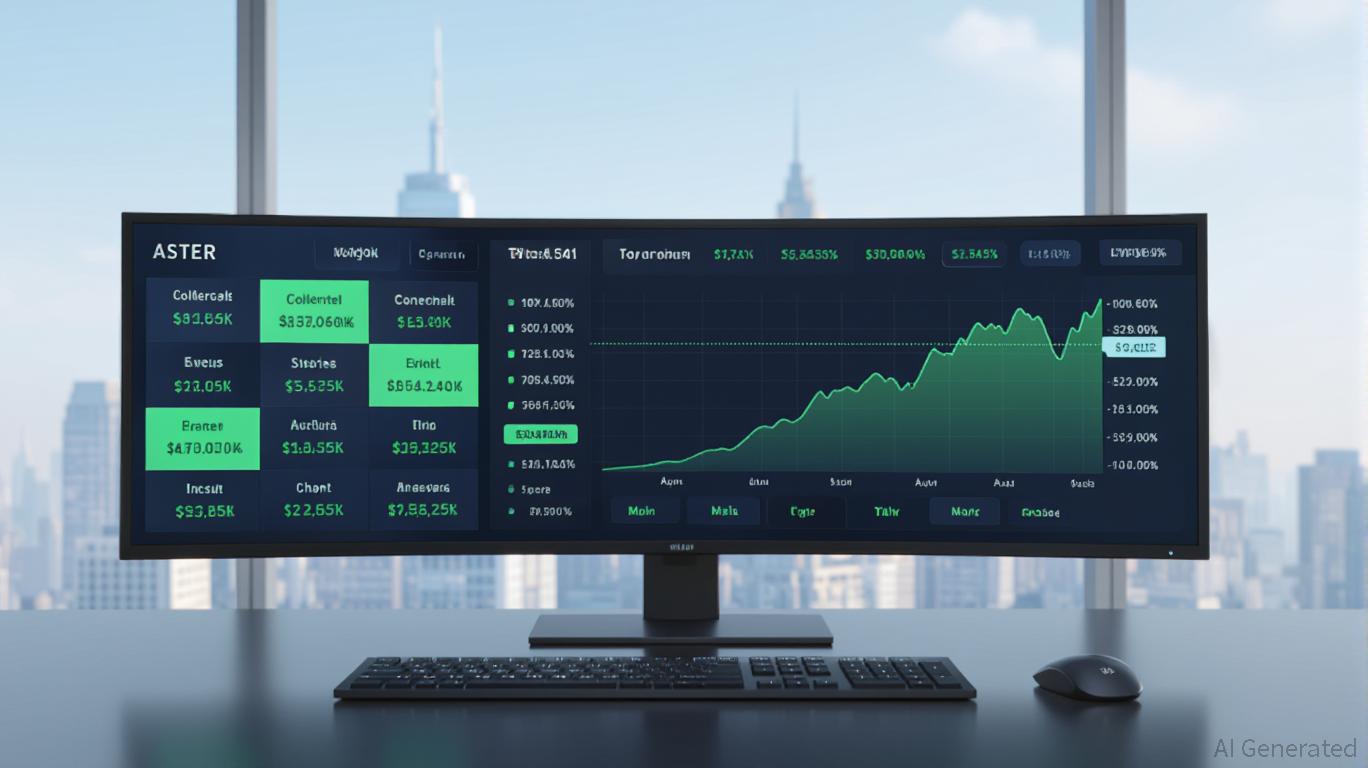Ethereum News Today: "Scam or Breakthrough? Hung Jury Ignites Discussion on Blockchain’s Prospects"
- MIT-educated brothers face mistrial in $25M MEV bot case after jury deadlocks on fraud charges. - Prosecutors called 12-second MEV front-running "fraud," while defense framed it as legitimate blockchain tool use. - Trial highlights legal challenges applying traditional fraud laws to algorithmic blockchain exploitation. - Mistrial sparks debate over MEV regulation, with crypto advocates warning against stifling DeFi innovation.
The high-profile trial involving MIT graduates Anton and James Peraire-Bueno ended in a mistrial after the jury failed to reach a consensus on federal allegations that the brothers illicitly obtained $25 million from the
Prosecutors claimed the brothers executed a "bait and switch" operation by deploying MEV bots—automated programs that reorder transactions on Ethereum—to front-run trades and secure illegal gains within just 12 seconds, according to Cointelegraph. "This is fraud. This is cheating. This is manipulating the system," the prosecution asserted, stressing that the scheme was carefully planned over several months. In contrast, the defense argued that the brothers' actions were a lawful application of open-source blockchain technology, maintaining that MEV extraction is an inherent aspect of decentralized platforms rather than a crime, as reported by BeinCrypto. "Without fraud, there can be no conspiracy," the defense stated, comparing the situation to "stealing a base in baseball."
The jury's inability to resolve these opposing viewpoints illustrates the difficulties in applying conventional fraud laws to decentralized, algorithm-driven markets, as discussed in a
The unresolved trial has left the cryptocurrency sector uncertain, with regulators, developers, and traders split on how to define MEV-related conduct. Crypto advocacy organizations like Coin Center, which submitted an amicus brief, warn that prosecutors' expansive view of fraud could stifle innovation in decentralized finance. On the other hand, critics argue that the defense's stance might legitimize exploitative tactics if left unchecked, as reported in a
With the possibility of a retrial, industry participants are watching closely to see how U.S. courts will navigate the balance between fostering innovation and ensuring accountability in blockchain environments. The final outcome could set precedents for future legal actions and influence the direction of protocol development, especially as MEV extraction has grown to generate billions annually since Ethereum's Merge upgrade in 2022, as Cointelegraph reported. For now, the mistrial highlights a larger regulatory challenge: enforcing intent-based criminal statutes in systems where automated code, rather than human actors, often determines results, as BeinCrypto concluded.
Disclaimer: The content of this article solely reflects the author's opinion and does not represent the platform in any capacity. This article is not intended to serve as a reference for making investment decisions.
You may also like
Astar 2.0: Redefining Web3 Infrastructure for the Next Generation
- Institutional investors are increasingly allocating to digital assets, with Astar 2.0 emerging as a key platform due to its scalability and interoperability. - Astar 2.0’s hybrid architecture and partnerships with global enterprises like Casio and Sony enhance its institutional appeal through real-world applications. - The platform’s on-chain governance and enterprise-grade security align with institutional priorities, despite challenges in transparent communication and competition.

Aster DEX's Latest Strategic Move and Its Influence on DeFi Liquidity
- Aster DEX's 2025 governance changes redefined ASTER as a functional trading collateral and fee discount asset, boosting liquidity provider (LP) engagement. - The 80% margin ratio and 5% fee discount incentivized LPs to reallocate capital, adjust staking behaviors, and adopt novel yield strategies like "Trade & Earn." - ASTER's price surged 860% post-TGE, TVL grew from $172M to $2.18B, and Coinbase's roadmap inclusion signaled institutional validation of the platform's privacy-focused DeFi model. - Upcomi

Why ZK Technologies is Gaining Momentum in November 2025
- ZK Technologies surged in Nov 2025 due to breakthroughs in zero-knowledge (ZK) scaling solutions and institutional adoption. - Ethereum's EVM optimization reduced ZK-proof costs 50x, enabling 24,192 TPS on layer 2 protocols like Lighter. - Deutsche Bank and Sony adopted ZK-rollups for scalable compliance, while StarkNet's TVL tripled via $72M bridged BTC. - Institutional capital prioritizes ZK infrastructure for security and scalability, though regulatory risks and margin pressures persist.

The Unexpected 150% Jump in DASH: Trigger for Growth or Just a Hype?
- DASH cryptocurrency surged 150% in June 2025 via tech upgrades and pro-crypto policies, defying market caution. - DoorDash stock (-17.83% in one day) and Dash crypto must be distinguished despite shared ticker symbol, per Bitget/OKX. - Institutional adoption (Aster listing, 120% open interest rise) and retail hype around privacy features drove DASH to 3-year highs. - Regulatory scrutiny of privacy coins and competition from Monero/Zcash pose risks to Dash's market position, OKX warns. - DASH's rally refl
